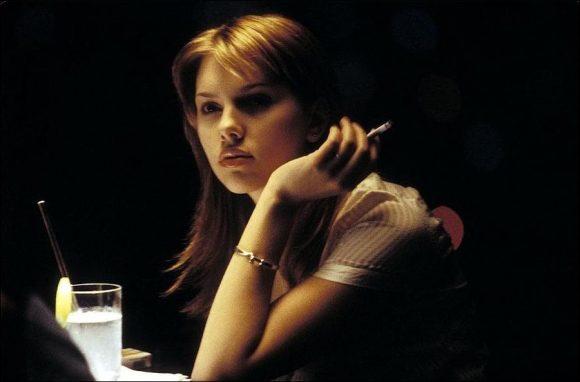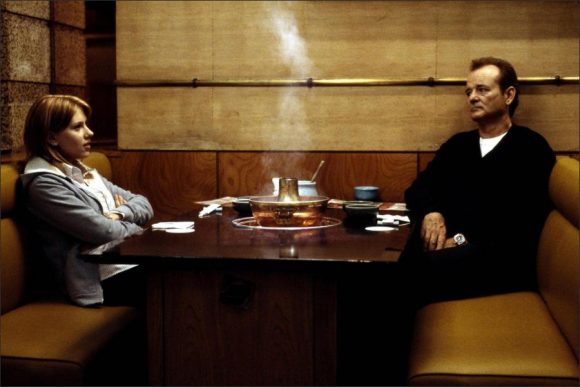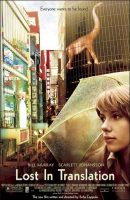Life teaches us that losing is as natural as winning. We get used to it and act accordingly. But is it just a matter of getting lost and getting used to? Since there is no usual situation, what concerns us is where, when and with whom the explosion takes place. In Sofia Coppola’s film, these questions are answered in the most unexpected place, time, and person.
Bob Crane is a middle-aged actor who has lost contact with his wife for a long time (although they can’t see each other about which carpet to choose the most important chats for), who hasn’t been able to console himself with his children and has been unable to film for a long time. As if all this wasn’t enough, the fact that he was in Tokyo for commercials was the beginning of his opening.

Tokyo is much more colorful, crowded, complex and obviously lonely than the cities we see in American films. Bob must have noticed that, as we watched the city from the taxi window bewildered (quite interesting for someone from where this lifestyle began).
His surprise doesn’t stop there. The Japanese people are quite different from the Americans. As such, our hero is so shocked by the culture that the first thing he wants to do is to run away from this city and return to his home where he is not happy at all (an unpleasant dilemma). Of course, to sleep; because he can’t sleep in Tokyo. In the meantime, ‘where’ we find the answer to our question.
Fortunately, he meets Charlotte without the need for a dilemma, and Tokyo is becoming more interesting. Charlotte, it’s like Bob’s up the road. He’s too young, he hasn’t decided what to do, he’s been married for two years and has doubts about his marriage. He feels as lonely and lost as Bob in this town. On top of that, he has a sleeping problem.
You know that ‘loneliness is not shared’; but our heroes share this as much as they can. Both behave so simple, sincere and honest to each other that one cannot imagine whether such a relationship (something without a name, something similar to engagement) can only develop under such conditions.

In conversations about marriage, Bob’s admission that having a child is not at all as happy as one might expect, in a way, symbolizes the destruction of the holy family. It is obvious that the time spent with children does not affect the relationship at all, it is a great sacrifice and he cannot bear it.
Bob is like giving Charlotte a lesson in life with this kind of talk; but on the one hand, he finds life with his youth and support. That’s probably why I said, ‘When?’ Our answer to the question is the threshold of the middle age crisis. The question with whom he has already found the answer.

They are both weary and desperate, but they can laugh and have fun together. Especially in the last scene, although we can say goodbye to what we cannot hear, we can still smile, believing that there is still hope for them.
Bill Murray is very good at Bob Crane. He creates a familiarity with the scenes he makes and this is a very nice one. Emotional scenes are quite convincing and simple. The same goes for Scarlett Johansson. Duru’s beauty aside, her acting never stops. He is also very realistic and complete acting.
It is very pleasant to watch a film that is far from exaggeration and smells sincerely. Of course, we are grateful to Sofia Coppola, writer and director. We hope he will continue his career with such beautiful films.
All about Lost in Translation movie.
Lost in Translation (2003)
Directed by: Sofia Coppola
Starring: Bill Murray, Scarlett Johansson, Anna Faris, Giovanni Ribisi, Catherine Lambert, François du Bois, Kazuko Shibata, Diamond Yukai, Gregory Pekar
Screenplay by: Sofia Coppola
Production Design by: K.K. Barrett, Anne Ross
Cinematography by: Lance Acord
Film Editing by: Sarah Flack
Costume Design by: Nancy Steiner
Set Decoration by: Towako Kuwashima, Tomomi Nishio
Music by: Kevin Shields
MPAA Rating: R for sexual content.
Distributed by: Focus Features
Release Date: October 3, 2003
Views: 195





